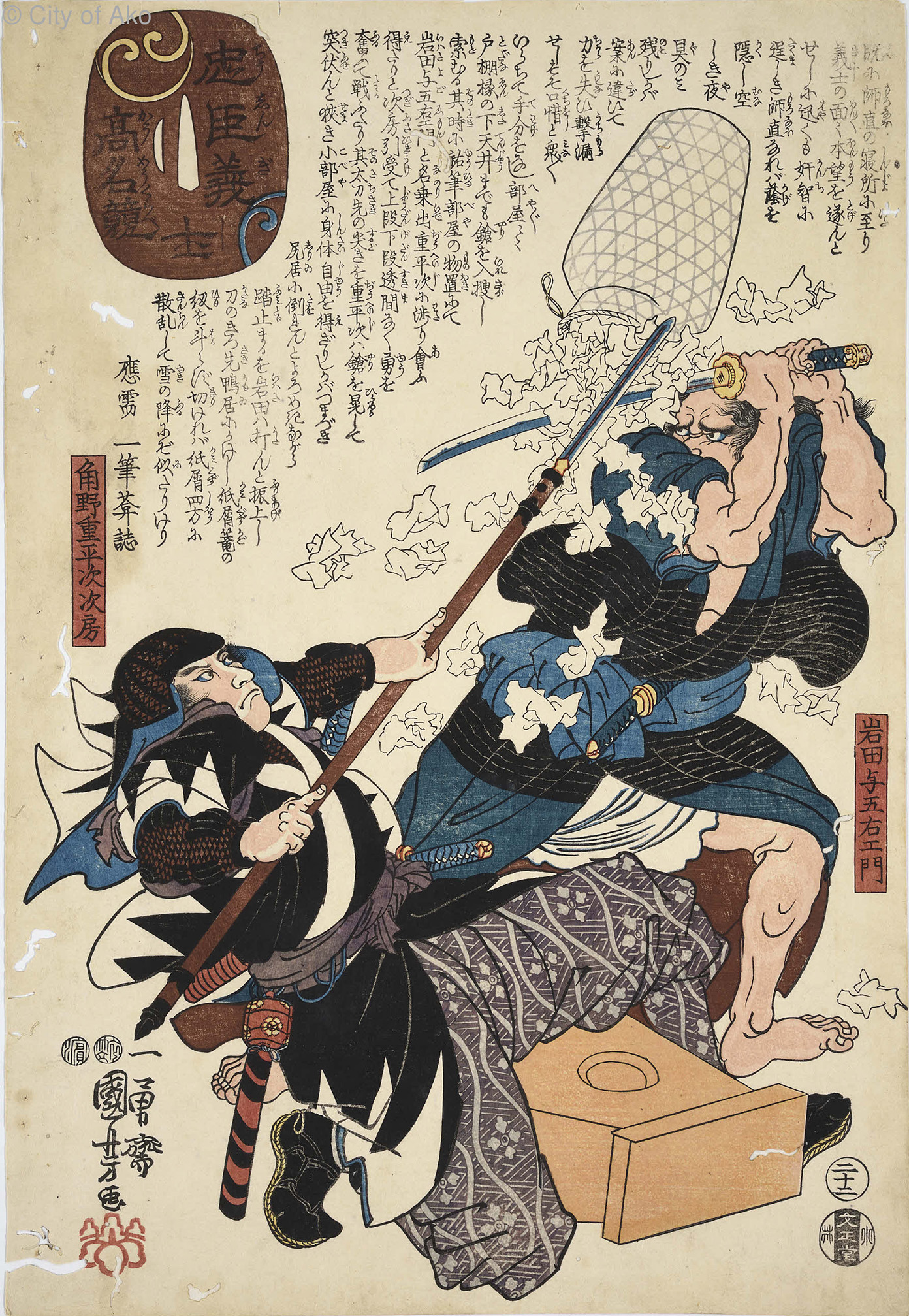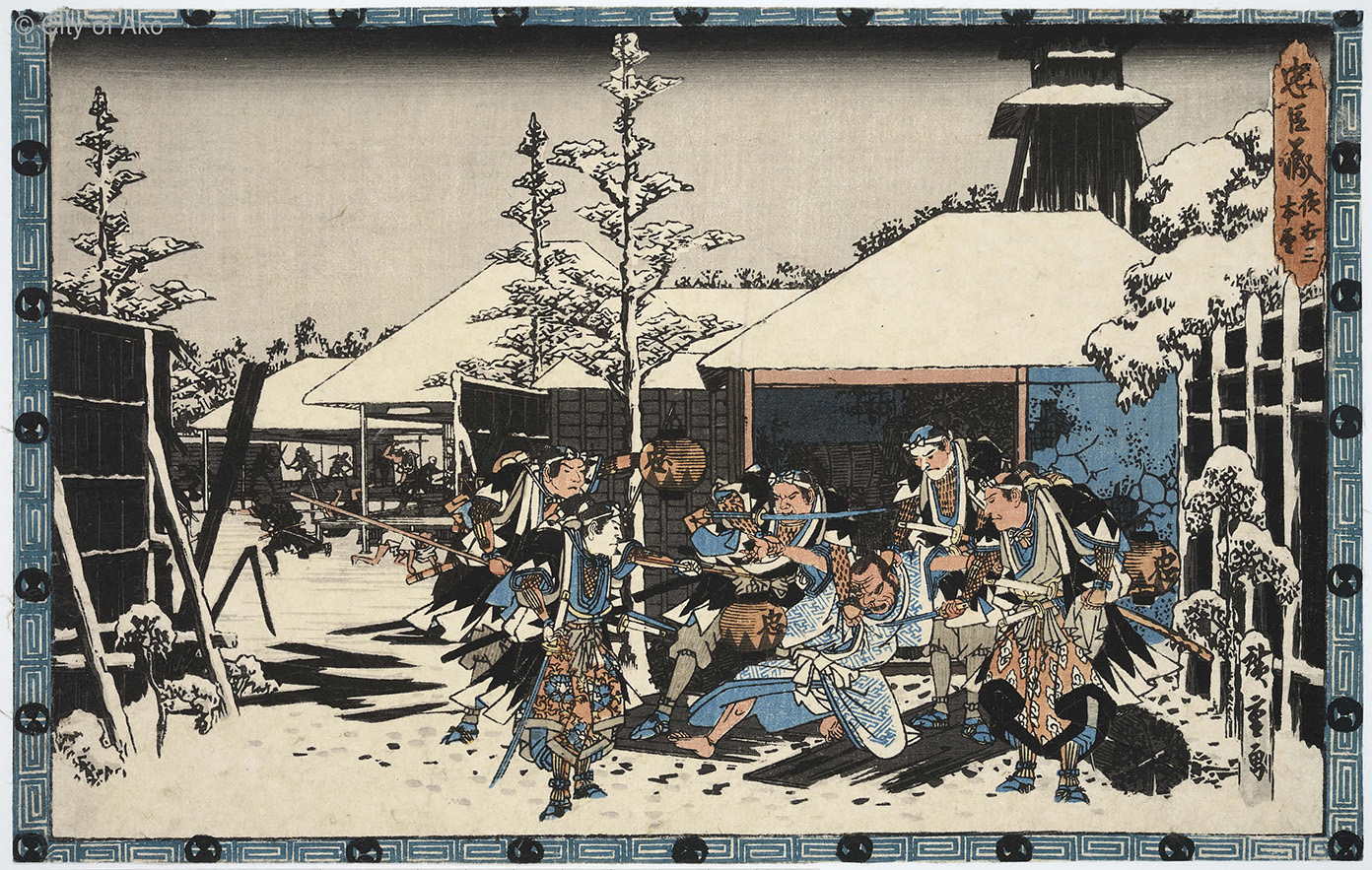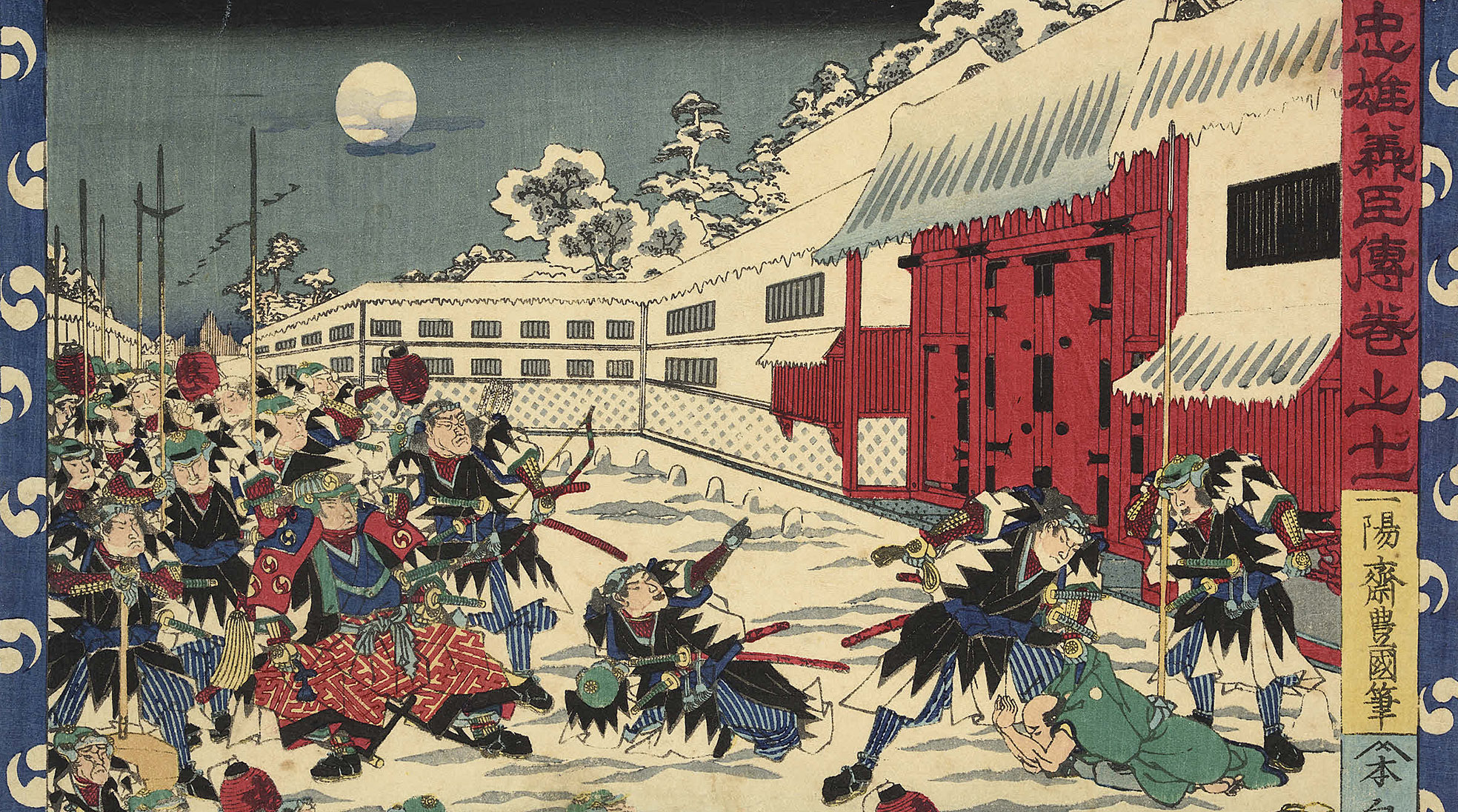
The Story of the Akō Incident
During the Genroku era, when peace reigned over the land, Asano Takuminokami Naganori, the lord of Akō, was appointed an official host of imperial emissaries. Asano was to receive instruction from Kira Kōzukenosuke Yoshihisa, the Master of Ceremonies. On March 14, 1701, Asano confronted Kira in the Matsu no Ōrōka corridor in the Edo Castle Honmaru palace. Asano shouted, “Do you know the reason for my grudge?” before attacking Kira. Asano’s sword struck Kōzukenosuke’s back as he attempted to flee.
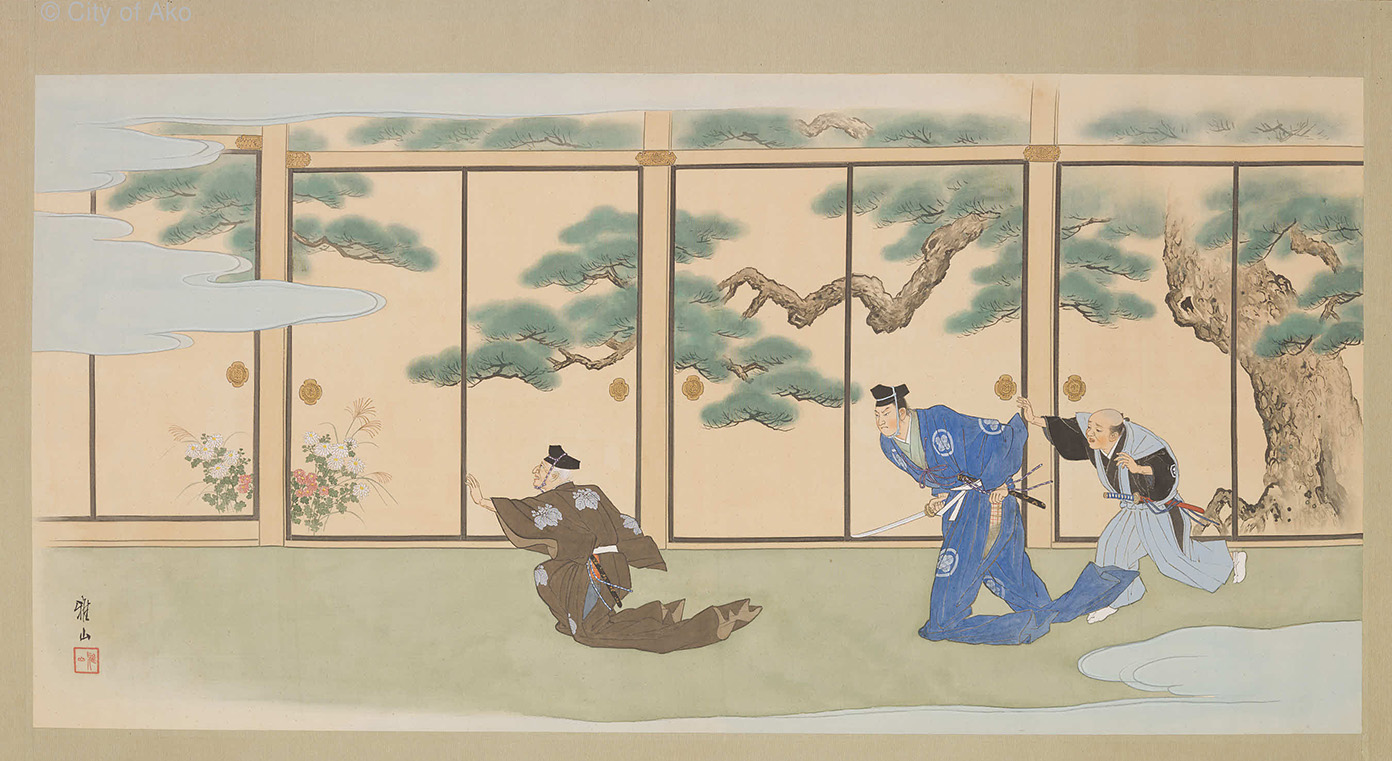
During this time, if a warrior held a grudge against another and attacked him, it was considered a fight. However, because Kira didn’t resist, Asano’s attack was not a fight. As a result, within the same day, the Asano clan was dispossessed, and Takuminokami was ordered to perform seppuku. Kira received no punishment, resulting in a one-sided ruling.
An express palanquin delivered the ill news to the chamberlain Ōishi Kuranosuke Yoshitaka. Hoping to restore the Asano clan, Ōishi followed the shogunate’s orders and vacated Akō Castle. He also exchanged blood oaths with those who protested the shogunate’s orders, bringing together the hearts of the retainers.
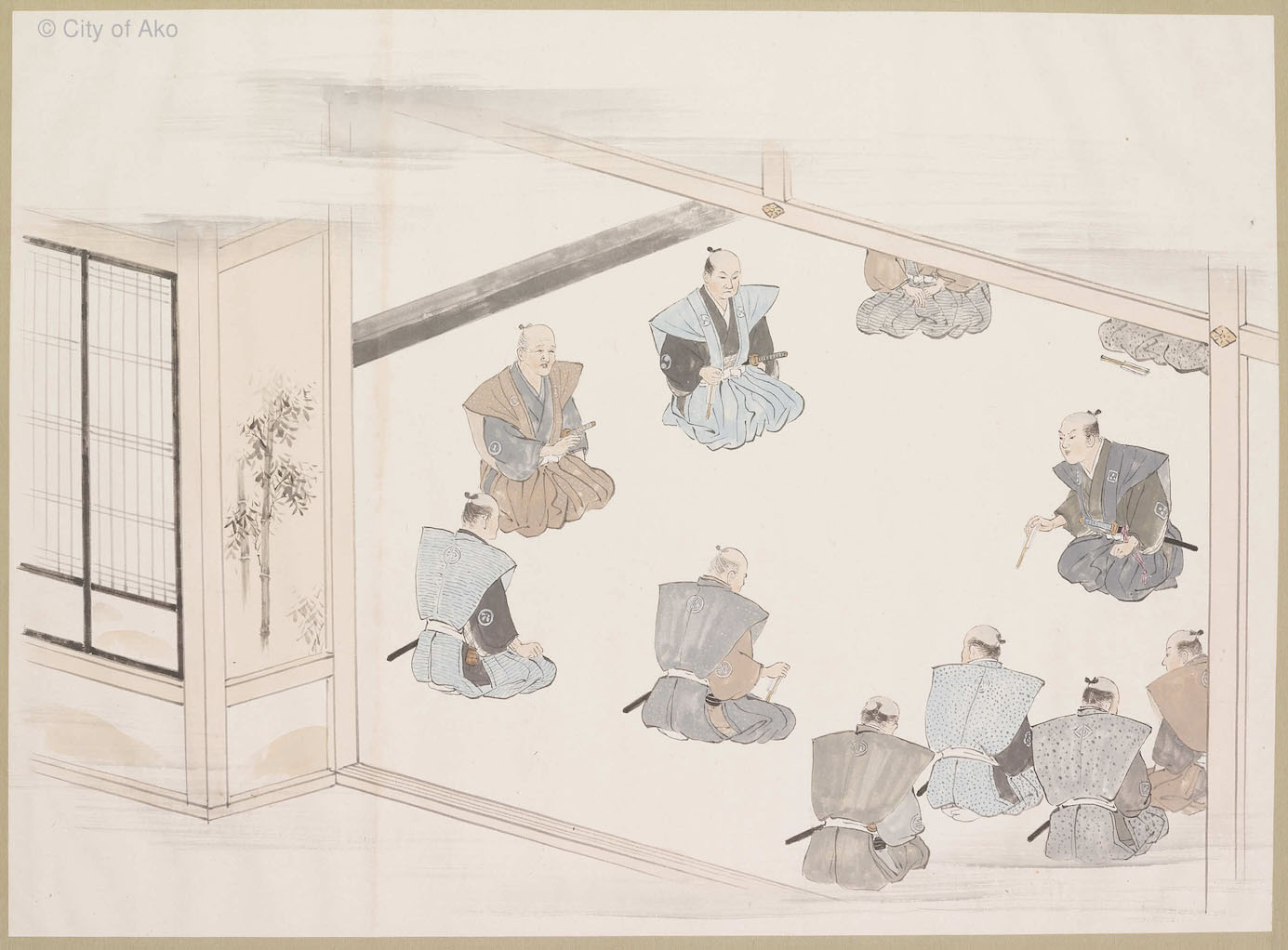
In July of the same year, it was decided that Asano Daigaku, Naganori’s younger brother, would remain in Hiroshima Domain. This ended any hopes of restoring the Asano clan and led to the Meeting of Maruyama in Kyōto, where the warriors decided to seek revenge. Ōishi sent a round-robin document to former Asano warriors, stating he’d given up on seeking revenge. He only shared his true intentions with those who responded with an objection to find out who was truly determined to seek revenge.
On December 14, 1702, 47 men, including Ōishi, raided Kira’s residence at midnight. The men killed Kira and brought his severed head to Sengakuji Temple, where it was placed as an offering at their fallen lord’s grave. The men then turned themselves in and were ordered to perform seppuku. As for the Kira clan, their territory was confiscated by the shogunate.
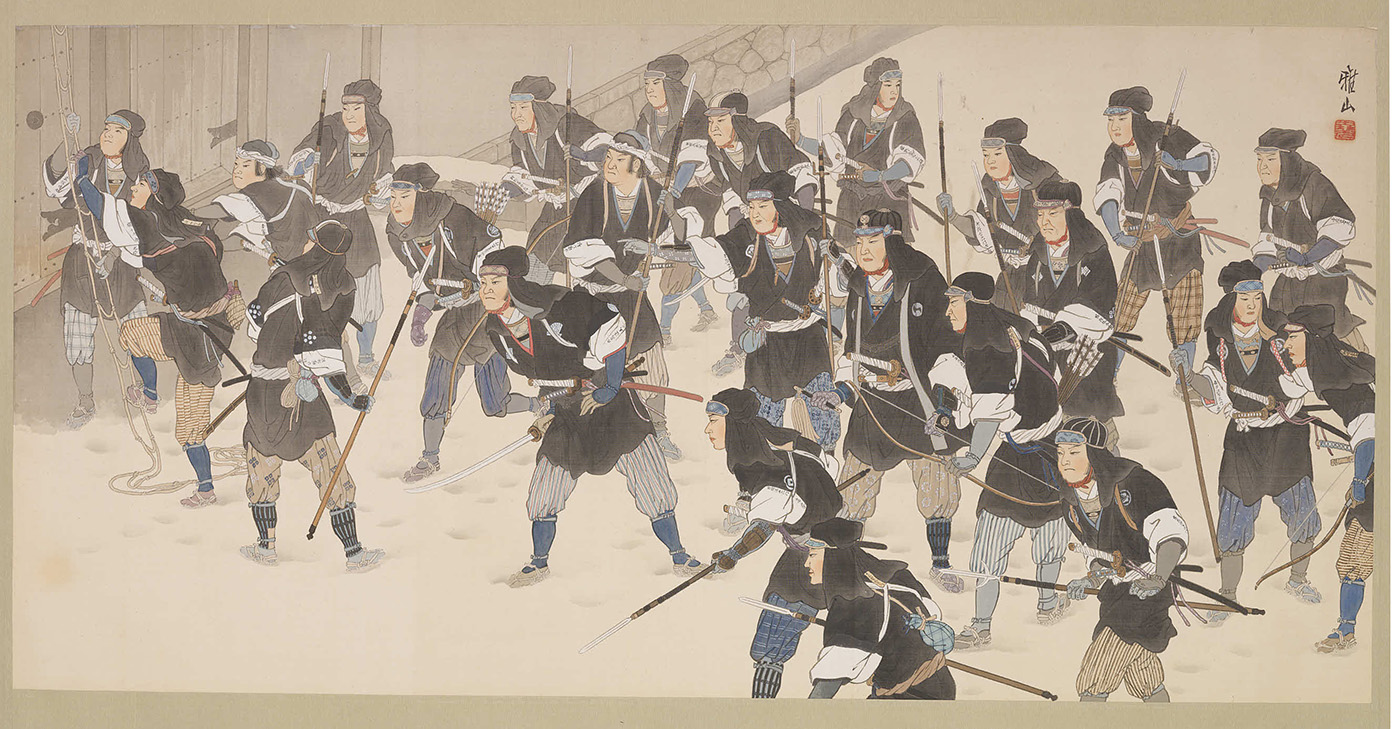

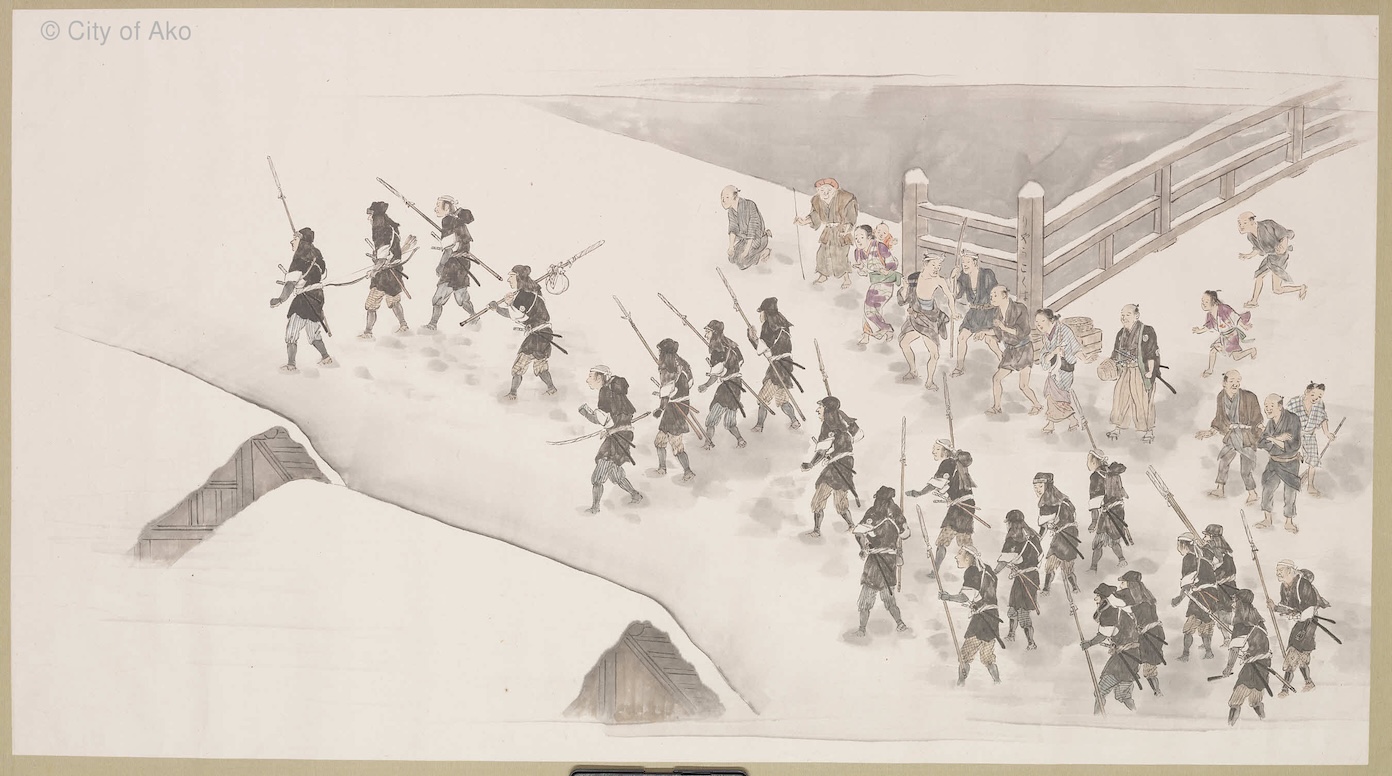
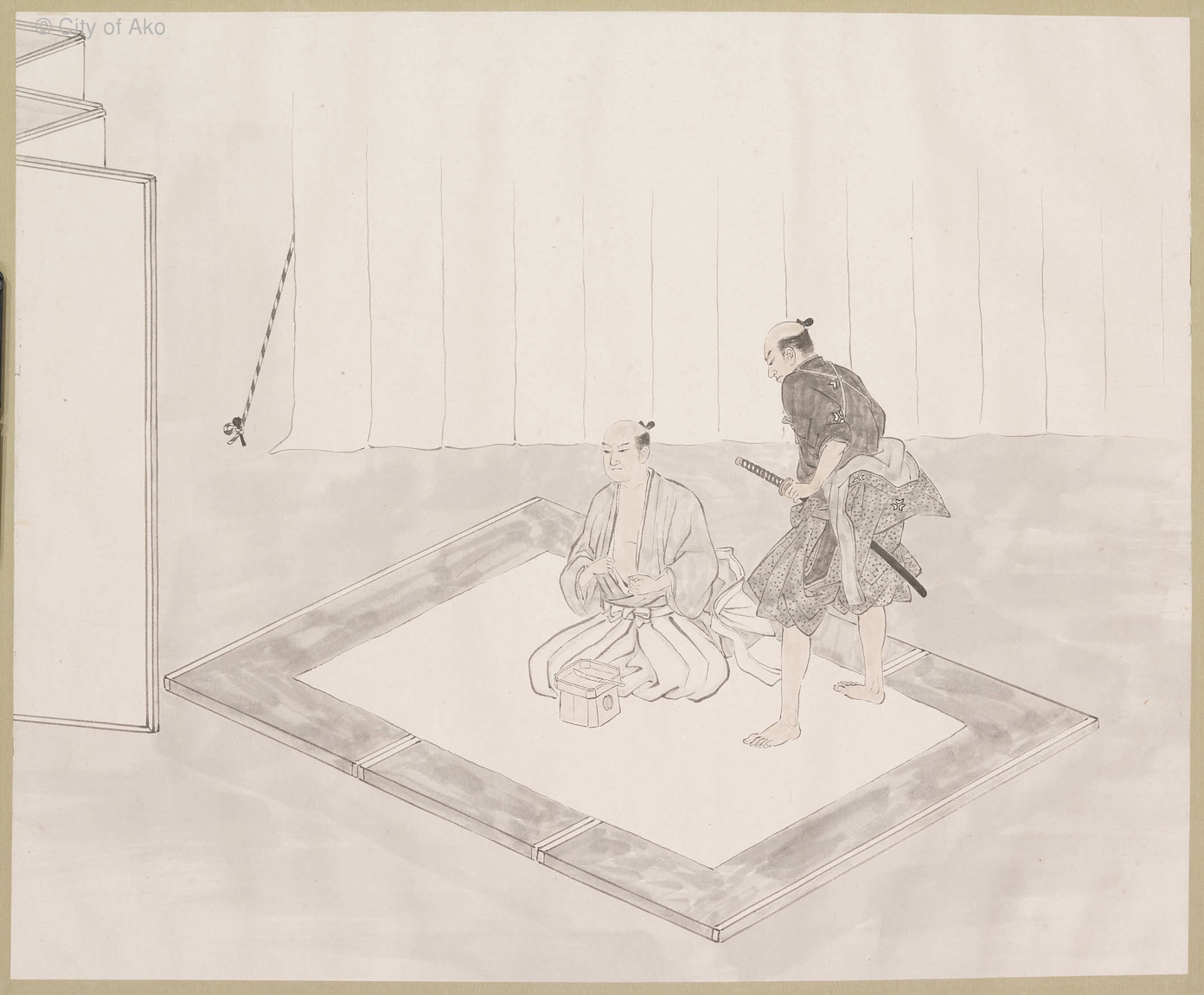
The Akō Incident and Chūshingura
The principle of Kenka Ryōseibai, where parties who resorted to violence in a conflict were equally punished, was successfully followed despite being previously broken by the shogunate. The men had carried out the wish of their fallen lord and gotten their revenge. Great news followed in 1710 when Asano Daigaku was forgiven, and the clan was restored. This incident captured the hearts of many people, and in 1748, the puppet and kabuki play “Kanadehon Chushingura” was coūpleted. To avoid shogunate censorship, the play was written to take place in the world of Taiheki, a historical epic that takes place several centuries before the Edo period. The play was a great success, and subsequent works relating to the Akō Incident were called “Chūshingura.”
The fact that people still tell the tale of the Akō Gishi proves how deeply the warriors' actions resonated with people of the Edo period. The culture of Chūshingura tales, or the spirit of the Akō Gishi, lives on in people’s hearts.
Akō Castle is known as the birthplace of the warriors known as the Akō Gishi.
